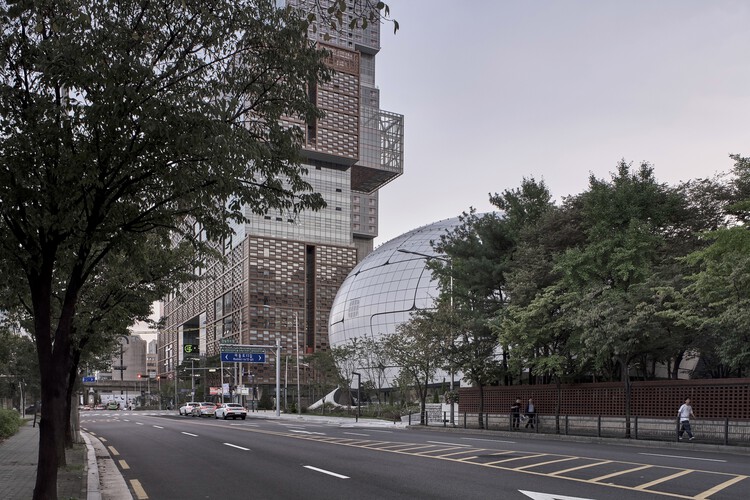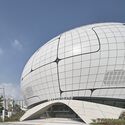
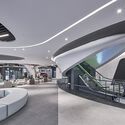
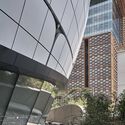

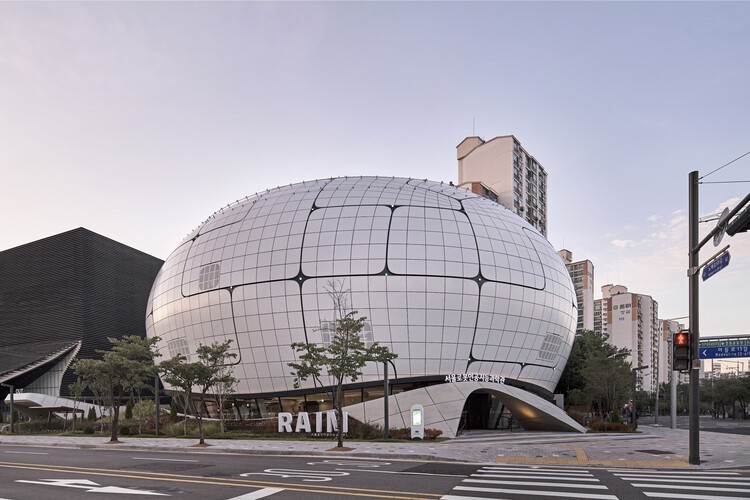
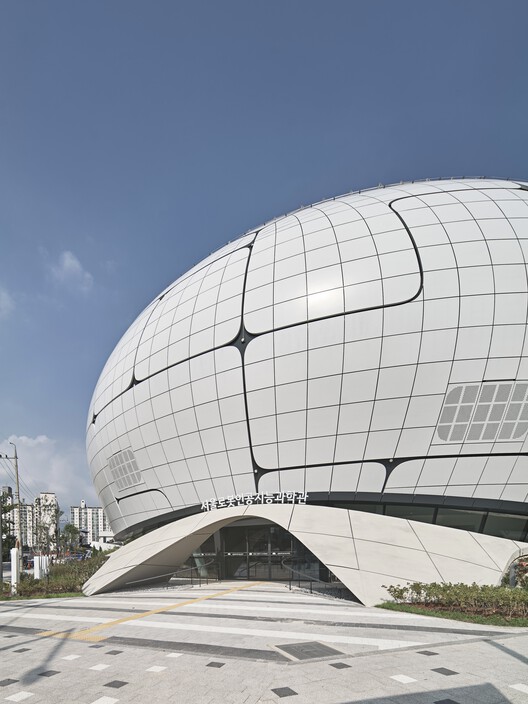
MAA-MELIKE ALTINISIK ARCHITECTS’ international competition-winning project ‘Seoul Robot & AI Museum’ (RAIM) has officially opened to the public in Seoul, South Korea. The world’s first cutting-edge Robot & AI Museum, RAIM emerges as a cutting-edge cultural landmark that will serve as the base for the 4th Industrial Revolution in the northeast of Seoul. The project, realized in collaboration between MAA and Withworks from 2019 to 2024, exemplifies cutting-edge architectural and construction methods.
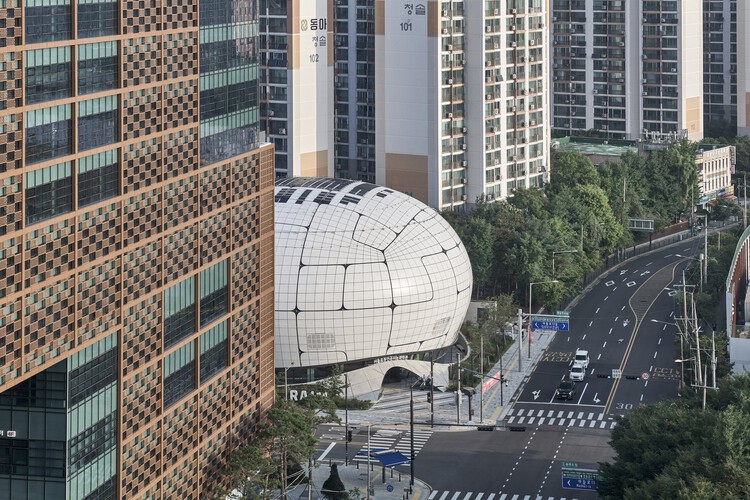

Architectural vision and design manifesto – MAA’s architectural manifesto for RAIM articulates a distinctive design language that utilizes smart design and construction methods to create an immersive universe for robots, AI technologies and visitors. The museum’s spherical, non-directional form is characterized by fluid, organic forms that resonate with the advanced technologies contained within the museum. This dialogue between contemporary architectural expression and technological innovation forms the basis of RAIM’s design philosophy. The architectural form of RAIM is not just an envelope, but an integral part of the museum’s narrative, reflecting fluidity and dynamism in the AI and robotics fields. The building’s design fosters an ongoing interaction between its innovative form and the cutting-edge technologies it showcases.
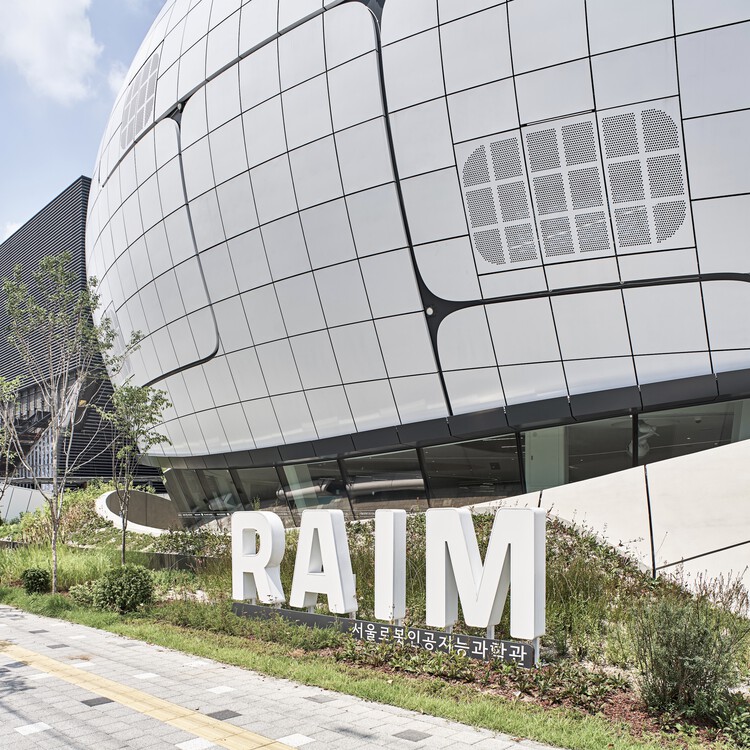
RAIM as a catalyst for innovation – RAIM is intended as a catalyst for the promotion and dissemination of science, technology and innovation. It aims to significantly contribute to the development of Seoul’s AI industry ecosystem by inspiring and engaging the community. Strategically located to connect researchers from nearby universities, research institutes and companies with the public, the museum offers a space for exhibitions, hands-on experiences and educational programs focusing on robotics and artificial intelligence. This integration of academia, industry and public engagement positions RAIM as a central hub in the regional science and culture network. Planned exhibitions and collaborations with adjacent cultural and entrepreneurial facilities – such as ‘Chang-dong Aurene’, ‘Seoul Museum of Photography’ and ‘Startup and Cultural Industrial Complex’ – will further integrate RAIM into the local cultural fabric. These initiatives are expected to strengthen the local economy and contribute to the cultural renaissance of the Chang-dong Sanggye area.
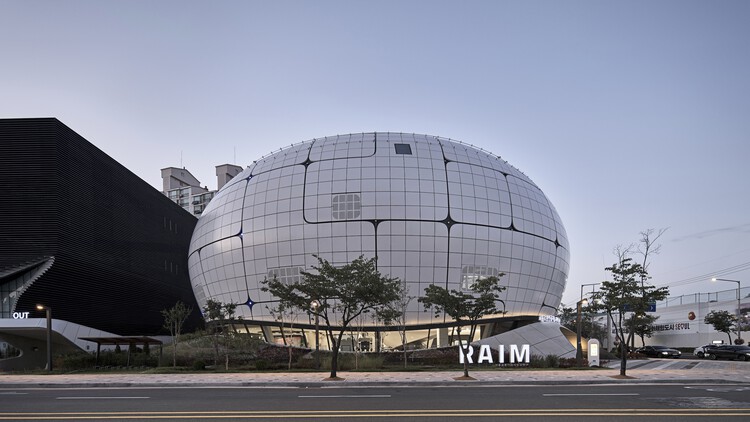
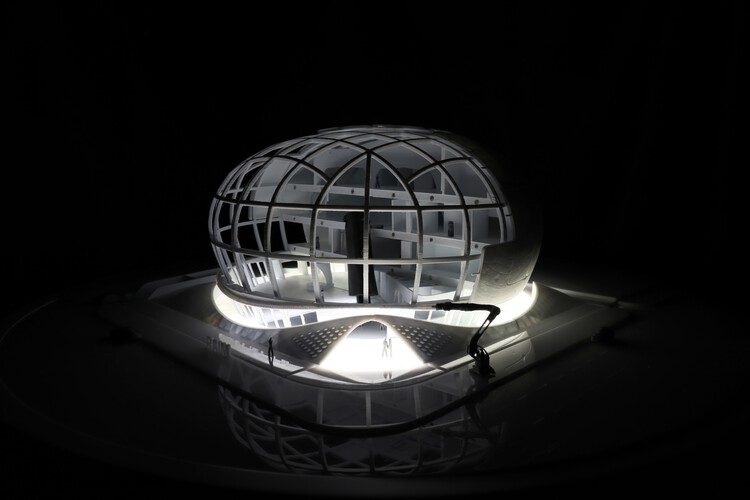
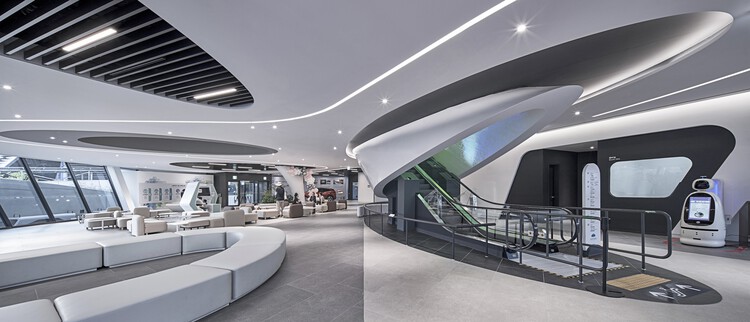
RAIM as a dynamic architectural medium – Melike Altınışık, the design manager of MAA, describes RAIM as a living exhibition where the architecture embodies the very smart technologies it exhibits. The museum is not just a space for exhibiting robots; it integrates smart technologies from design and construction to operation, making it a seamless part of the technological narrative it presents.
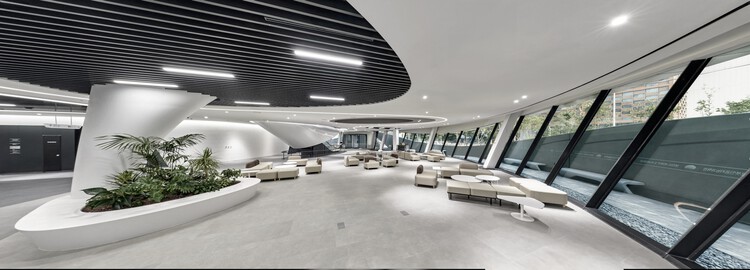
Visitor experience and spatial dynamics – The visitor experience at RAIM begins at the entrance, where welcoming robots introduce the journey. The ground floor with reception, ticket offices, cafe and shop establishes a fluid interaction between the outer public area and the inner spaces. At the heart of the museum, the vertical exhibition tunnel dissolves the boundary between the tangible world and the realm of robotics and AI, leading visitors to permanent and temporary exhibitions on the upper floors. Educational and administrative facilities are located on the 2nd floor. There are also 2 basement levels with parking spaces and technical service facilities. This spatial design is intended to evoke a sense of exploration and discovery and guide visitors through a narrative of scientific and technological progress.
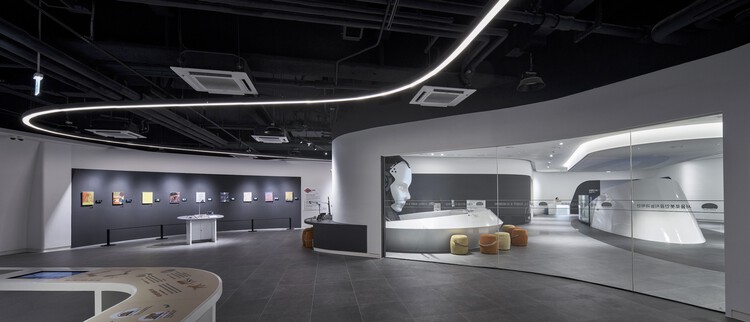
Innovative construction and architectural technologies – RAIM’s construction reflects the integration of advanced architectural technologies in line with the 4th Industrial Revolution. The museum was built using smart construction techniques, with Building Information Modeling (BIM) ensuring precision in both design and construction. The process used Off-Site Construction (OSC) methods, which enabled efficient and high-quality realization of the museum’s complex, non-linear forms. The process of implementing the non-directional spherical exterior, the liquid-like gate, the escalator tunnel that seems to guide you into an unknown world, and the numerous non-linear RAIM forms applied here and there on earth through innovative 4th industrial revolution technologies have become the beginning of RAIM’s symbolic exhibition.

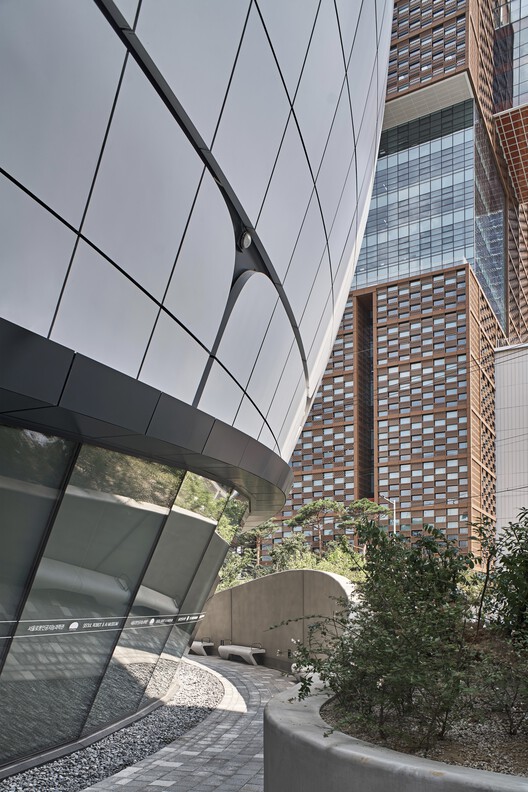
The fluid, spherical design of the exterior was achieved using a combination of digital fabrication and reverse engineering. The construction process involved laser CNC machining and robotic welding, which ensured minimal errors and high precision in the execution of the intricate facade. The museum’s central vertical exhibition tunnel, a key architectural feature, was built using advanced technologies typically reserved for the aerospace and marine industries, further emphasizing the innovative approach throughout the project.
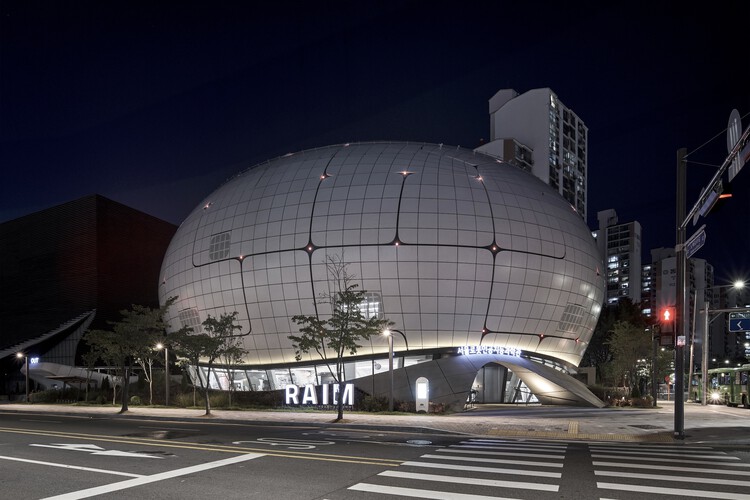
RAIM: Landmark of the future – RAIM is more than a museum; it is a symbol of the future of architecture, science and technology in Korea. Embodying the potential of robotics and artificial intelligence to redefine our built environment, it serves as a landmark for Korea’s 4th Industrial Revolution. It stands as a testament to the fusion of advanced architectural practice and cutting-edge technology, marking a new era in museum design and cultural engagement. Through its smart design and construction, RAIM not only showcases the future, but actively participates in its creation, making it a central institution in the ongoing development of architecture, science and technology. As an architectural and cultural icon, RAIM will play a crucial role in shaping the discourse around the integration of smart technologies into our daily lives, providing a space for reflection on the ethical and humanistic implications of these advances.
